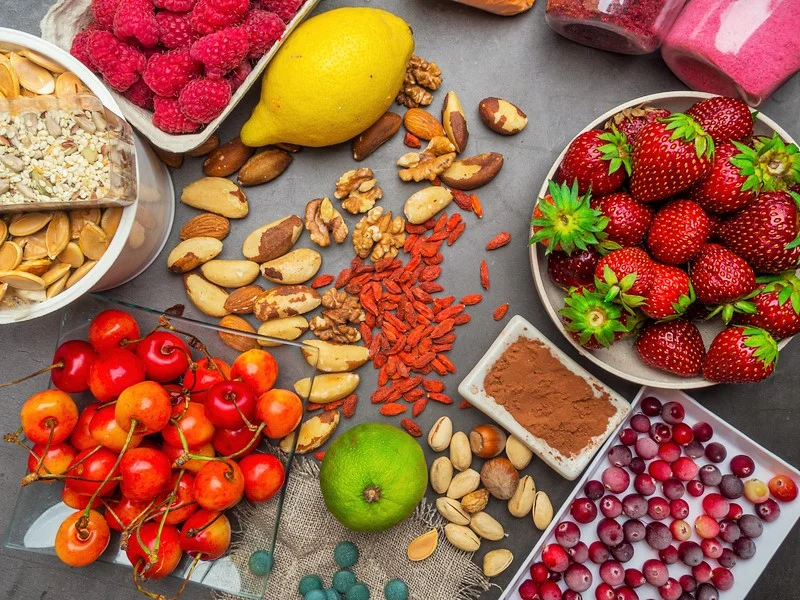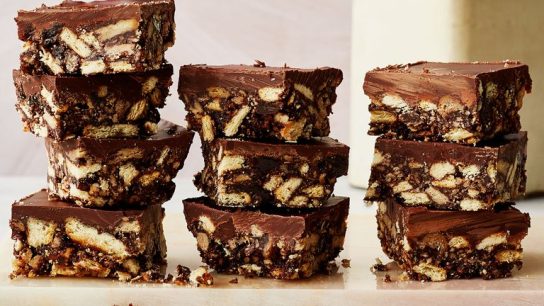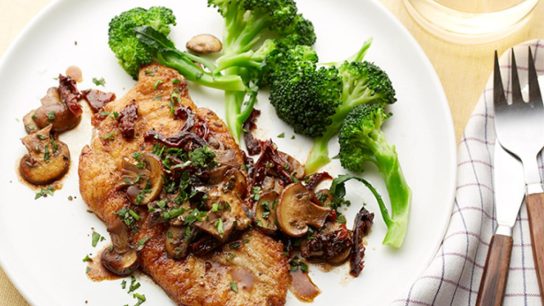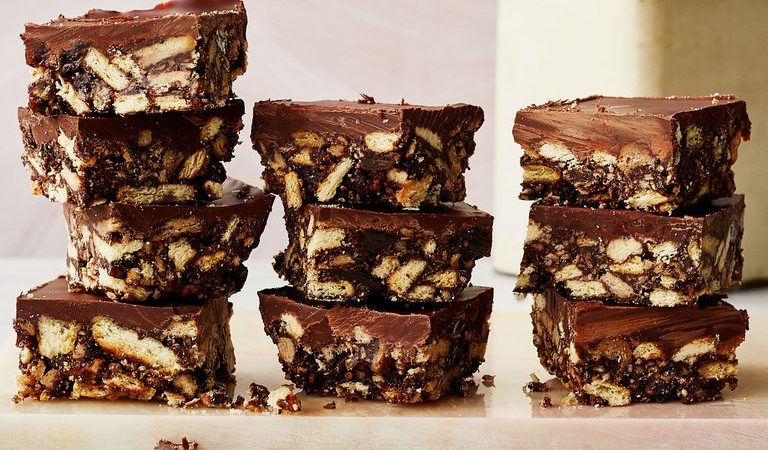Sea chef Ángel León has managed to cultivate Zostera, a new marine cereal with valuable nutritional properties that could also improve the state of the sea.
Surely you have ever arrived at the beach and seen it full of greenish leaves that looked like algae and gave the bathing water a cloudy tone. These greenish accumulations are known as upwellings and they are not algae but plants. They are also not a sign that the water is dirty, but the other way around. They tell us that we surely have a meadow of Posidonia and other marine plants nearby that help clean the water and contribute to marine biodiversity.

The Seri Indians, from Sonora, in Mexico, knew this and took advantage when the waves brought that vegetation to the shore to collect small grains, which they consumed as cereal.
The chef Ángel León, head of the award-winning Aponiente restaurant in the Bay of Cádiz, came across this information in a North American magazine from the seventies after locating, on one of his marine expeditions, the plant from which the grain was extracted.
This is the seagrass. After three years of testing and analysis, Ángel León is not only convinced of the great culinary possibilities of this curious marine plant but also that we are facing a new marine cereal, with a promising future as a sustainable and healthy food.
WHAT IS SEAGRASS?
Seagrass is an aquatic grass. The new marine cereal discovered by Ángel León is the seed of this plant, which could become the new “rice of the sea.”
It belongs to the phanerogams, a group of plants with a fascinating history. When life was formed on the planet, plants were born in the sea, but with evolution, many moved to land and adapted to the new living conditions. However, it is believed that some, at some point, managed to return to the sea. This is the case of these plants, of which there are only four species in Europe, all of them wild.
One of them is the seagrass. Now, although this aquatic grass is born in the sea and feeds exclusively on salt water, it continues to reproduce by flowers and seeds in the wild.
A SUPERFOOD FROM THE SEA
One of the things that makes this marine seed so special is that it can be considered a new cereal, with many possibilities in the kitchen. For now, all of its culinary applications are unknown, since being a threatened species, only preliminary tests have been carried out while waiting to consolidate its cultivation, but it has been proven that it can give very good results if used like rice or pasta.
But it is also especially interesting for its nutritional richness. The scientific research team specialized in marine vegetables led by Ángel León has analyzed the composition of this marine cereal, which it has compared with that of other common cereals such as barley, wheat, oats, corn, or rice.
PROPERTIES OF MARINE CEREAL
Like other cereals, Zostera provides abundant energy in the form of carbohydrates (83.5 g), more than half of which is starch, and a good higher percentage of protein (10 g per 100 g), slightly more than brown rice (8 g) but slightly less than quinoa (14 g).
Its proteins contain good levels of lysine, the amino acid that is normally scarce in cereals, and good doses of tryptophan. It is also accompanied by a small dose of healthy fats (2.9 g), mainly vegetable omega-3 and omega-6, a profile that we do not find in-ground cereals. It provides minerals and vitamins A and E.
WHAT DOES ZOSTER TASTE LIKE?
Although it looks quite similar to rice, zostera is slightly similar in flavor to quinoa according to the Aponiente team. However, it has a somewhat more iodized and subtly saline vegetal flavor.
The texture is denser, closer to that of a legume, and can be used with its thin husk, like brown rice.
From the Aponiente Gastronomic Research Laboratory, chef Ángel León has been observing and researching for more than a decade the possibilities of new foods and products from the sea to incorporate them into human nutrition. He is known as Chef del Mar and his team has been awarded three Michelin stars and a green star in recognition of his work to improve sustainability. His concern has led him to now bet on this surprising and promising marine cereal, which he has even managed to cultivate sustainably.
Populations of seagrass are declining and it is considered a threatened species, so the possibility of cultivating it sustainably opens the way to a new way of contributing to the recovery of a valuable resource for marine and coastal biodiversity.
A SUSTAINABLE CROP THAT GENERATES ECOLOGICAL WEALTH
Until now, the seagrass had only grown wild and is under Special Protection, since it is essential for the ecosystem but is disappearing from places where it was abundant as a result of human activity. Ángel León’s team, in which biologist Juan Martín also collaborates, has managed to cultivate it for the first time in a controlled manner, without the need for pesticides, fertilizers, or fertilizers.
It has done so in 3,000 hectares of the Bahía de Cádiz Natural Park. Not only has it demonstrated that it is a crop with high productivity with hardly any technical requirements, but it has also highlighted its benefits for the environment.
Marine cereal creates habitats of high biological value. Seagrass meadows are effective carbon sinks that help combat climate change, fix blue carbon, and generate oxygen. In addition, they mitigate the effect of tides and prevent underwater erosion.
Despite the importance of these ecosystems, Aponiente maintains that carrying out reforestation projects is very difficult because there are no nurseries that can supply plants or seeds, which is why they have proposed, within the project, to create a seed bank from their crops to repopulate coastal wetlands and restore them.
Perhaps it will take us a while to try this cereal, but with its discovery and cultivation, we can celebrate the vision of a project that combines the passion for healthy foods with sustainability and the search for ways to preserve and even improve the biodiversity of our seas and coasts.






